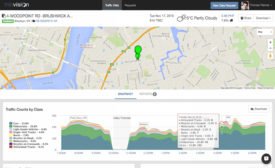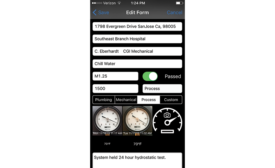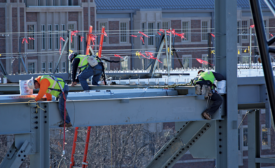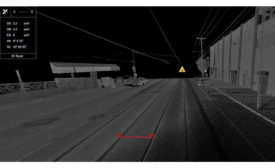Information technology
Computer vision aids DOTs in traffic counting and new hardware plugs archaic traffic signals into internet of things.
Read More
Oracle Is Buying Textura for $663 Million
Textura was founded in 2004 by three former PwC partners who sought to automate construction payments
Read More
How Video Games Became Design and Construction Tools
A new generation is hacking into its childhood toys—and driving better project decisions
Read More
Rugged Smartphone Includes Thermal Imaging Camera
Cat's new smart phone can take a beating and has a thermal imaging camera
Read More
The latest news and information
#1 Source for Construction News, Data, Rankings, Analysis, and Commentary
JOIN ENR UNLIMITEDCopyright ©2024. All Rights Reserved BNP Media.
Design, CMS, Hosting & Web Development :: ePublishing













